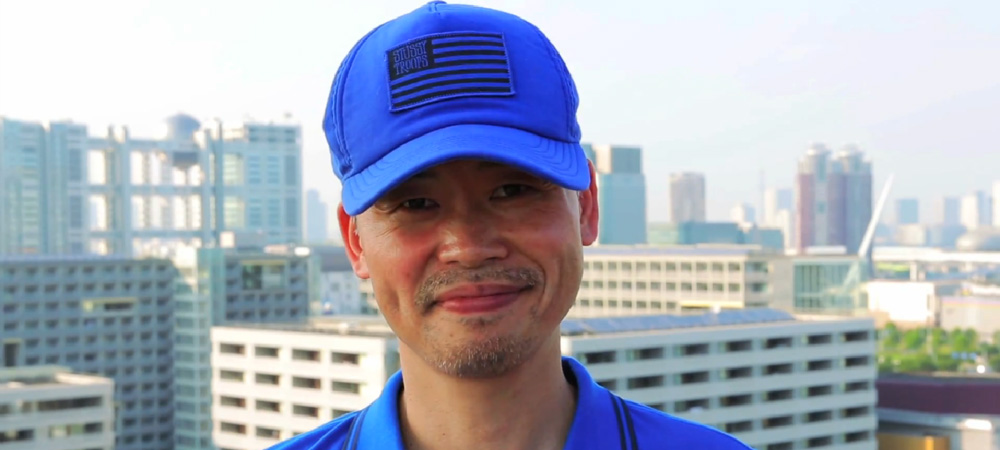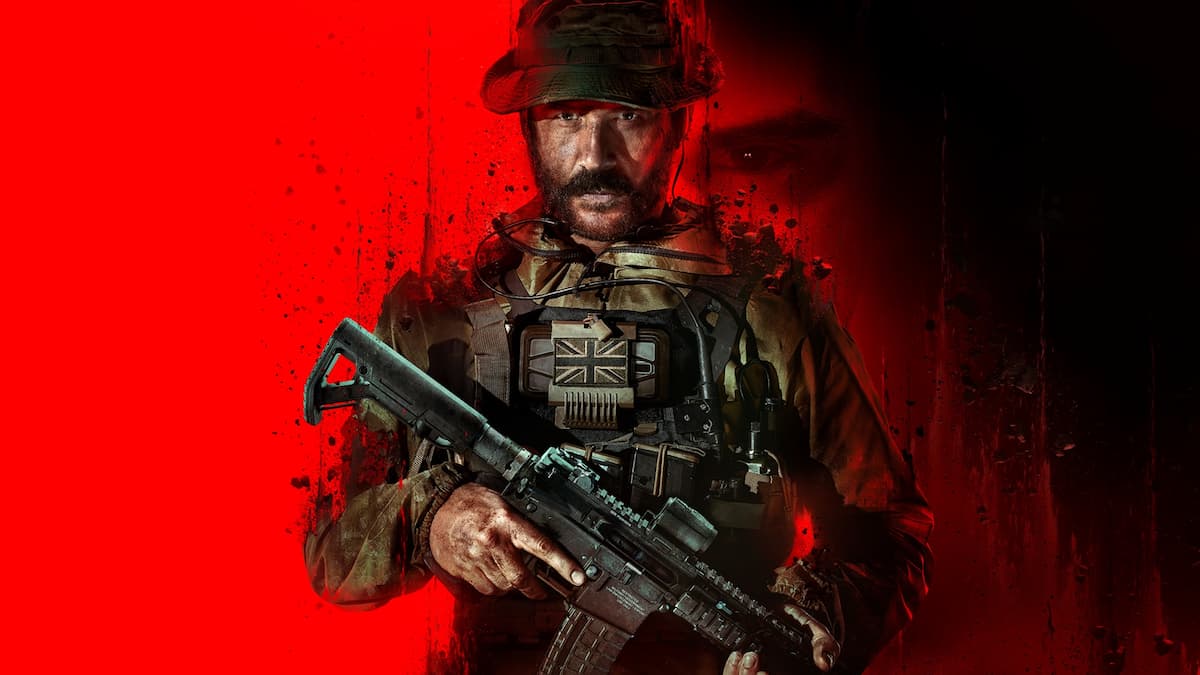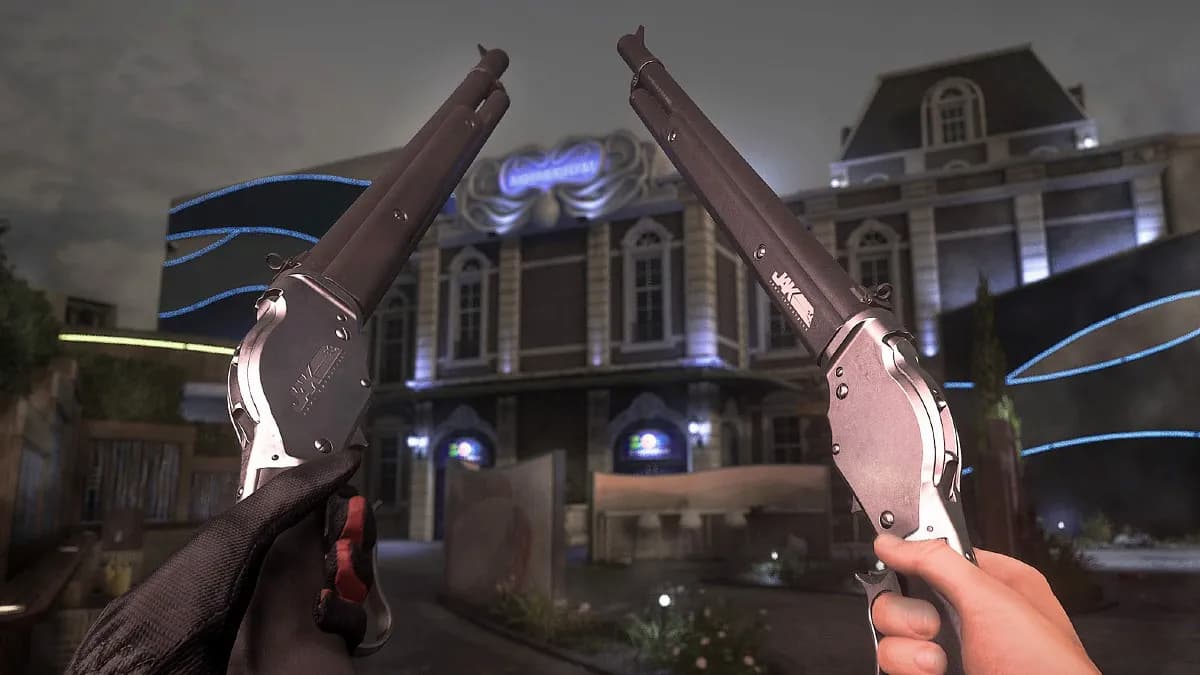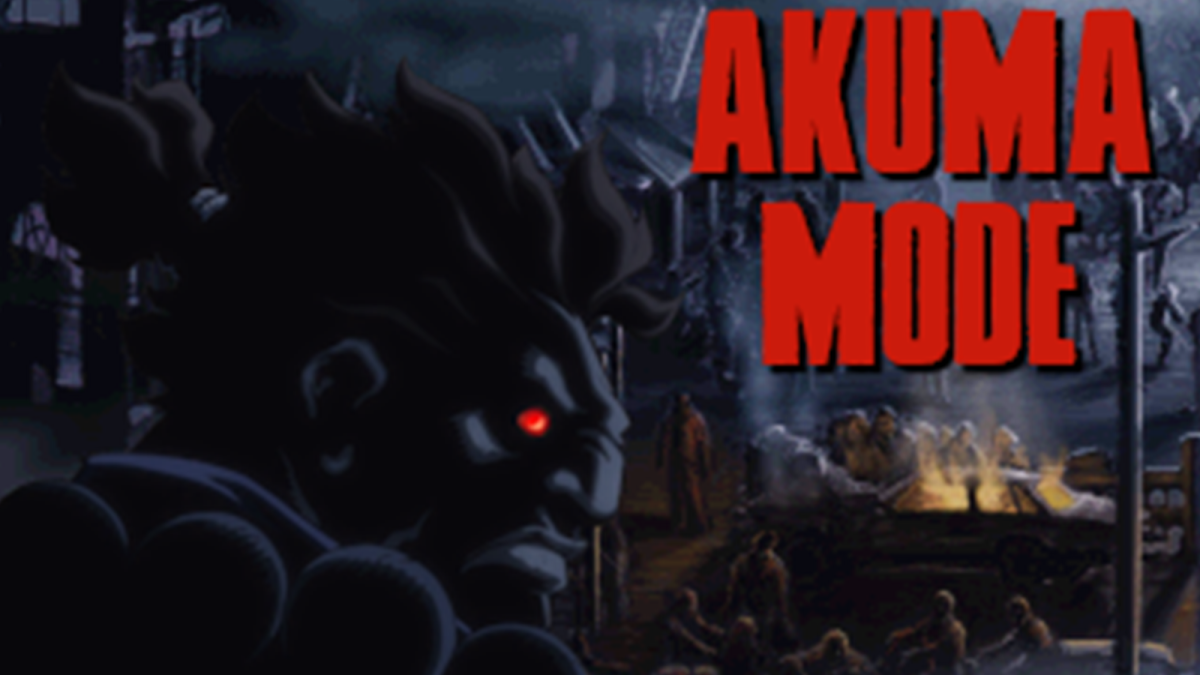I met the legendary Inafking once more for an unforgettable interview
Keiji Inafune, are you Kamen Rider?
“As a child, of course, I watched lots of Kamen Rider, so I love that show, but I unfortunately cannot definitively say that I have experience being the masked rider. But I may at one time or another have worn a mask and a suit that was breakaway and gone into my nude form!”
That is an actual question I got to ask the outspoken former Capcom producer during an interview on Sunday, September 1, at the Grand Hyatt hotel smack in the middle of PAX Prime weekend. I never thought I would score the privilege of meeting my game industry hero in person, much less twice in just under three months. For all my whining and moaning, I really am a fortunate guy.
I maintained my composure long enough to make it through our half-hour session, during which I probed Inafune’s brain about the recently announced Mighty No. 9 and other gaming happenings. Of course, I also came armed with a few Mega Man queries, the answers to which are nothing short of mind-blowing. Where does the nickname “Inafking” come from? Why does Mega Man’s helmet have an exclamation mark on it? And why do the series’ characters sometimes look like they’re flashing gang signs?

Sitting all cool and collect in the corner of the room was Inafune, and at his side to serve as interpreter was former Capcom head of localization, Ben Judd. Filling out the room were various others project associates as well as a film crew capturing my every awkward second on camera. Oh God, if any of that footage shows up in the Mighty No. 9 making-of documentary, I will shut myself in a hole for weeks. I could feel my breakfast churning; I willed it to stay down.
I naturally was wearing my limited-numbered Mighty No. 9 T-shirt, handed out to attendees of Inafune’s panel the day prior. To say that everybody there was surprised by his Kickstarter reveal would be the understatement of the year. The room erupted like Mount Vesuvius when the plucky android Beck made his grand debut.
That ball started rolling just this past spring. As Inafune recalled, “It really was a culmination of… everywhere I’ve gone in the past, after I left Capcom, fans would come up to me or media people would talk to me and they’d say, ‘Oh, I loved Mega Man!’ or, ‘I loved Onimusha!’ I don’t know whether they were just being nice, but they really felt extremely passionate every time they’d say that. I’m sure they knew I wasn’t at Capcom anymore and couldn’t make it. It still stood that, obviously, their feelings were that they wanted something new but that had that classic feeling, and they wanted it out of me, but obviously there weren’t many opportunities.
“However, when I learned of Kickstarter, it seemed a great way that I could first and foremost connect with the fans who were the people that kept talking to me about, ‘Hey, you should do this! You should do this! You should do this!’ This would allow me to eventually bridge that gap and do it with them directly, number one. Number two, the best thing about Kickstarter is you can launch something and you can see what the reaction is, and if the reaction isn’t good then, you know, maybe that was just a few remote individual cases of people saying that.”

The immediate reaction was beyond positive — the Kickstarter goal was already half met by the morning of my interview, and it was fully cleared not long after that. “By seeing the overall fan reaction, obviously that’s not the case. The people that I met with up until now were a cross section of a larger group of people that really want something like this.” Seems like a lesson Capcom ought to take to heart!
Speaking of Capcom, Inafune was a bit hesitant to discuss his former employer and the treatment of the franchise he helped build. “Honestly, I created a policy after I left Capcom that any Mega Man games that would come out I would not play, because the second I play them, I’m going to formulate an opinion, will probably get very emotional, may not be in a good way. So sometimes ignorance really is bliss when it comes to how your creations are used after you no longer have control of them.”
I of course had to ask if he was aware of Rockman Xover, to which he responded in the affirmative. He hasn’t touched it per his self-imposed policy. That’s for the best, don’t you think?

Outside of Capcom, we have ambitious fans working hard on unofficial titles, like Mega Man Unlimited and the demake of Mega Man Legends 3: Prototype Version , many of which rival the quality of Capcom’s own efforts. Considering how Mighty No. 9 and the Legends 3 project were both conceived as a way for developers and fans to work together towards a common goal, I gauged that Inafune would greatly admire fan game makers’ efforts.
“If you are a fan and you really want to make something like that that you love, then I think you should make it. Obviously that’s going to be what makes you happy.” Fairly decent response, but it’s what he said next that I found extremely admirable.
“But if I was an IP holder and I saw that there was somebody that was that impassioned to work with the content, that they were willing to dedicate their own time and energy and potentially money to make it, then I think the smarter approach would be to contact them and see if there wasn’t a way to do a project with them, very much like Kickstarter, get them somehow involved in it so that it really is you as a creator being [able] to make sure that you’re controlling the quality and direction and stuff like that, but also getting lots of good fan input and really finding a perfect blend between fan and creator to make something very unique.”
To Capcom’s credit, the support of Street Fighter X Mega Man demonstrated some of that joint interaction. Also consider SEGA’s recent Sonic CD and Sonic 1 remasters, which were spearheaded by members of the Sonic fan game community. Inafune sees the benefit of such close relationships with fans, and I hope this attitude spreads even further throughout the industry.
This line of action of course stems from Inafune’s dissatisfaction with Japanese game companies, leading to no shortage of damning remarks. But whether you think he’s blowing smoke or has legitimate concerns, we can at least agree that his words are fueled by a desire to see the Japanese industry regain some of the influence and might it lost over the past few years, hence why he aims for evolution and innovation through his companies comcept and intercept.
Rather ironic that two of his current projects are a Ninja Gaiden spin-off and a Mega Man spiritual successor. But to be fair, he seems to believe that there is just as much room for innovation in the development process as there is in games themselves, which would explain the unorthodox foundations lying beneath Yaiba: Ninja Gaiden Z and Mighty No. 9.

By the way, you may remember another project that Inafune is heading: the high-seas 3DS adventure Kaio: King of Pirates. Though the game was originally scheduled for a 2012 release then later pushed back a year, its current status is a mystery. Is it vaporware?
According to Inafune, the situation is out of his hands. Publisher Marvelous has not announced a strategy for the game, thus any inquiries concerning Kaio would have to go through them. This situation reminds me of Yuji Naka’s Rodea the Sky Soldier and its extended period of silence. Publisher Kadokawa recently re-confirmed the game’s existence, so I have hope that Marvelous will make a similar statement in the near future.
Inafune may have harsh words for his Japanese brethren, but he’s still supportive of those companies that attempt something a little more offbeat. Like, say, using his real-world likeness in a rather significant capacity. I’m talking about Idea Factory and the inclusion of Inafune as a laser-spewing summon in the Hyperdimension Neptunia series and as the main character’s uncle in the visual novel Sweet Fuse. More bizarre than the typical cameo, no?

“We got this idea,” Idea Factory said to him. “We kind of like you to be in the game as a character.” They didn’t think he’d agree to it, but Inafune was so pleased by their wild initiative that he responded with an emphatic,”Sure, let’s do it! Why not? Sounds crazy and fun and new! At least we’re doing something new!” Is that innovation? Inafune believes so, but I don’t think anyone else would say the cameos aren’t at least bizarrely entertaining.
I also took a moment to inquire about his thoughts regarding PlatinumGames, considering their shared history at Capcom. “I think that they are a very talented group of people,” he mused. “I’ve known them when they were all at Capcom and we were working together, so it’s really hard to say what their strengths and weaknesses are, certainly in an interview like this. But I think that they have their own style and they’re really good at that style. It’s different from how I would necessarily build out or develop a game, but I think it certainly works for them and allows them to create something that’s very unique and cool for sure.
“I guess if I was going to say there’s one area for improvement, maybe it’s on how they produce things. They’re great at building out great games, but they never really seem to hit the sales marks that they need to, so that gap needs to be decreased, shortened by stronger producers, etc. That will make their games hit a wider audience.”
By this point in the interview, I was ready to pull out the big guns and seek answers to some long-standing Mega Man mysteries. I didn’t get to ask as many of your questions as I would have liked, but I guarantee you’ll be amazed at some of these responses nonetheless.
One of the weirdest things about playing NES games was how staff was listed by nicknames in the credits, and Inafune in particular was known as”Inafking.” Where did that name come from, and why were some of the other names so strange?

“There was a series called Moomin. It was an older series from a long time ago, and there was a character named ‘Snufkin’ in it that’s this cool character. So ‘Snufkin’ and ‘Inafking,’ they’re kind of like, oh, we’re both these cool characters, this is how I like it!
“Back then, of course, all the more talented programmers, artists, etc. could have been headhunted, so the one internal rule was you have to come up with a name that is different enough that people won’t know what your real name is. So long as you fulfill that criteria, you can be as crazy as anything, so everyone just went crazy and made whatever name they wanted to.”
Regarding names, there has been confusion over whether the robo-dog Rush was named after the famous Canadian band. Inafune put the confusion to rest: “People think that most of the names were some sort of music-based names, but really Rock and Roll were only the key ones that were based on musical terms. If you think of Dr. Wily and Dr. Light, that’s got nothing to do with music.
“I’m sorry to disappoint the fans, but actually Rush was not based on the band, Rush was based on a Capcom game called Rush & Crash [known as The Speed Rumbler outside of Japan — Tony] that I really liked. Actually, the word ‘Rush’ sounds kind of like ‘Lassie’ [pronounced ‘Rasshu’ and ‘Rasshi’]. Back then, Lassie was a very popular movie about a dog, of course, so it just fit as far as the phonetic flow of the word.”
Videogame character designs of yesteryear were often the result of hardware limitations. Mega Man was no different; the “exclamation mark” protrusion on his helmet was one such element born of Inafune trying to draw around those constraints.
“This is probably a little known fact… it’s true that I did not design Mega Man, but what happened was there was a planner [confirmed to be Akira Kitamura, credited as A.K. in Mega Man 1 and 2] that whenever they made a Famicom character, they had to look at it on the screen and see how it popped, whether it was visible, whether you can play as it and it would pop off of the background. This planner put together a pixel character that really had good read against the Famicom backgrounds, then went to me and said, ‘Okay, I want you to make a character that looks like [a] Famicom graphic could have come from that character.’
“So it was like a reverse character design, the fact that Mega Man’s birth came from this pixelized character that the planner initially created, but the actual animation, the rendition of him as a character I did create. But I had to look at the pixels and try to envision what that would look like as a character, and all you can see from the pixels was that, okay, this was where the helmet was, then it looks like there’s a line. And that’s all you can really tell. So when you’re going to design a character, I literally could have put a triangle here or a square or an equal sign, it could have literally been whatever. So I just put what I thought matched well with the line, but it wasn’t intentionally meant to be an exclamation mark or anything like that, unfortunately.”

Some designs elements have more cultural origins. You may have noticed that many Mega Man series characters hold up this odd “W” hand gesture in the official art. This is Inafune’s signature flourish, but no one really knew why he chose to draw hands that way… until now!
“First of all, doing this [throws up the hand gesture] looks cute! If you look at Disney characters, a lot of times they have three fingers or bigger fingers that makes them look kind of cute. In Japan, ‘four’ is a bad number, it means death, even though all of us as humans have four fingers [excluding the thumb]. Doing something like this which shows three makes it a safe number…
“There’s some sort of weird prejudice that comes in… some bad meaning if you have four fingers instead of five. But by doing it this way, it would look kind of Disney-esque and cute, but you could still say that it was a perfect normal hand, they’ve got five fingers. Technically, it could have been these two fingers [index and middle] spread out like this or the end two fingers if you can do that, but doing it in the middle is just better balance wise.”
After that final question, I nervously pulled out my boxed copy of the original Famicom Rockman, had him sign it, and made my way out the room in what I hope was the most natural way possible. It probably wasn’t, but I can only maintain some semblance of professionalism for so long.
Keiji Inafune, guys. Guys. Keiji Inafune. His brutal honesty about the game industry may not sit well with everyone, but c’mon! He’s Keiji Inafune!




